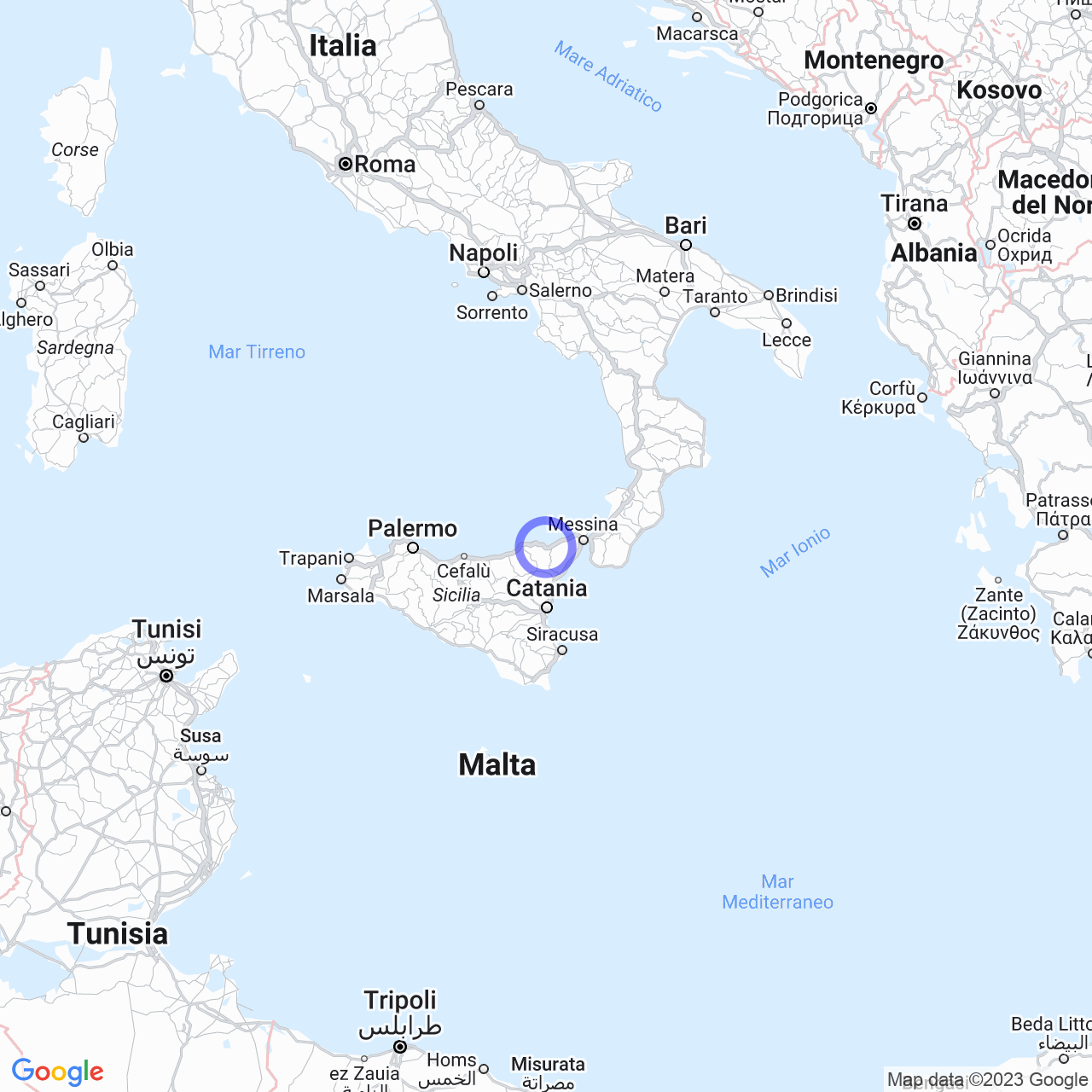Oliveri
Messina: a city with an ancient and at the same time modern history
Messina is a city located in the northeastern end of Sicily, characterized by the presence of the Strait of Messina, which gives the city its name, and by the large port of Messina, from which numerous ferries depart. It is the third most populated municipality in Sicily, after Palermo and Catania, with over 200,000 inhabitants, and is home to the prestigious University of Messina.
The original name of Messina was Zancle, but it was renamed by the ancient Greeks as Messana. The city developed greatly during the medieval period, when it represented one of the capitals of the Kingdom of Sicily. However, over the centuries, Messina suffered several natural calamities and revolts, which caused severe damage and partial destruction. Despite this, throughout the twentieth century, the city has renewed itself and today presents itself as a modern city, with numerous cultural and tourist attractions.
The geographical position of Messina
Messina is located on the northeastern tip of Sicily, between the Ionian and Tyrrhenian coasts, at the foot of the Peloritani Mountains. The municipal territory extends over an area of 211.94 km² and the maximum altitude reachable is 1,127 meters above sea level. The large port of Messina, the first in Italy for number of passengers, is essential for trade with Calabria.
In addition to the Peloritani Mountains, Messina is characterized by the presence of the Strait of Messina, which separates it from Calabria and the town of Villa San Giovanni. In these waters is the myth of Scylla and Charybdis, a mythology of ancient Greece. Furthermore, a geological peculiarity of the area is represented by the characteristic rocks of the period known as Messinian, which takes its name from the city.

The history of Messina
The history of Messina is ancient and troubled. The city was founded by the Sicilians under the name of Zancle, but was later colonized by the ancient Greeks, who gave it the name of Messana. In the Middle Ages, the city reached the height of its greatness and importance, so much so that it was considered one of the capitals of the Kingdom of Sicily. However, over the centuries, Messina was the scene of several natural calamities and revolts that caused enormous damage to the city.
In particular, in 1678, it was hit by a large anti-Spanish revolt that caused the annihilation of its ruling class and the partial destruction of the city. In 1783, an earthquake again destroyed Messina and in 1848 the city was involved in the Sicilian revolution against Ferdinand II of Bourbon. In 1908, another earthquake caused many casualties and destroyed much of the city.
Messina today
Today, Messina is a modern and welcoming city, which offers a wide range of tourist and cultural attractions. The city is home to important historical and artistic monuments, such as the Cathedral of Messina, the Sanctuary of Montalto and the Fountain of Neptune. In addition, the Regional Museum of Messina houses numerous works of art and historical artifacts, including one of the statues of Charybdis.
Despite its historical difficulties, Messina is a city that has been able to regenerate and renew itself over the years. Thanks to its strategic position and its millennia-old history, the city represents an ideal destination for those who want to discover the authentic Sicily.
